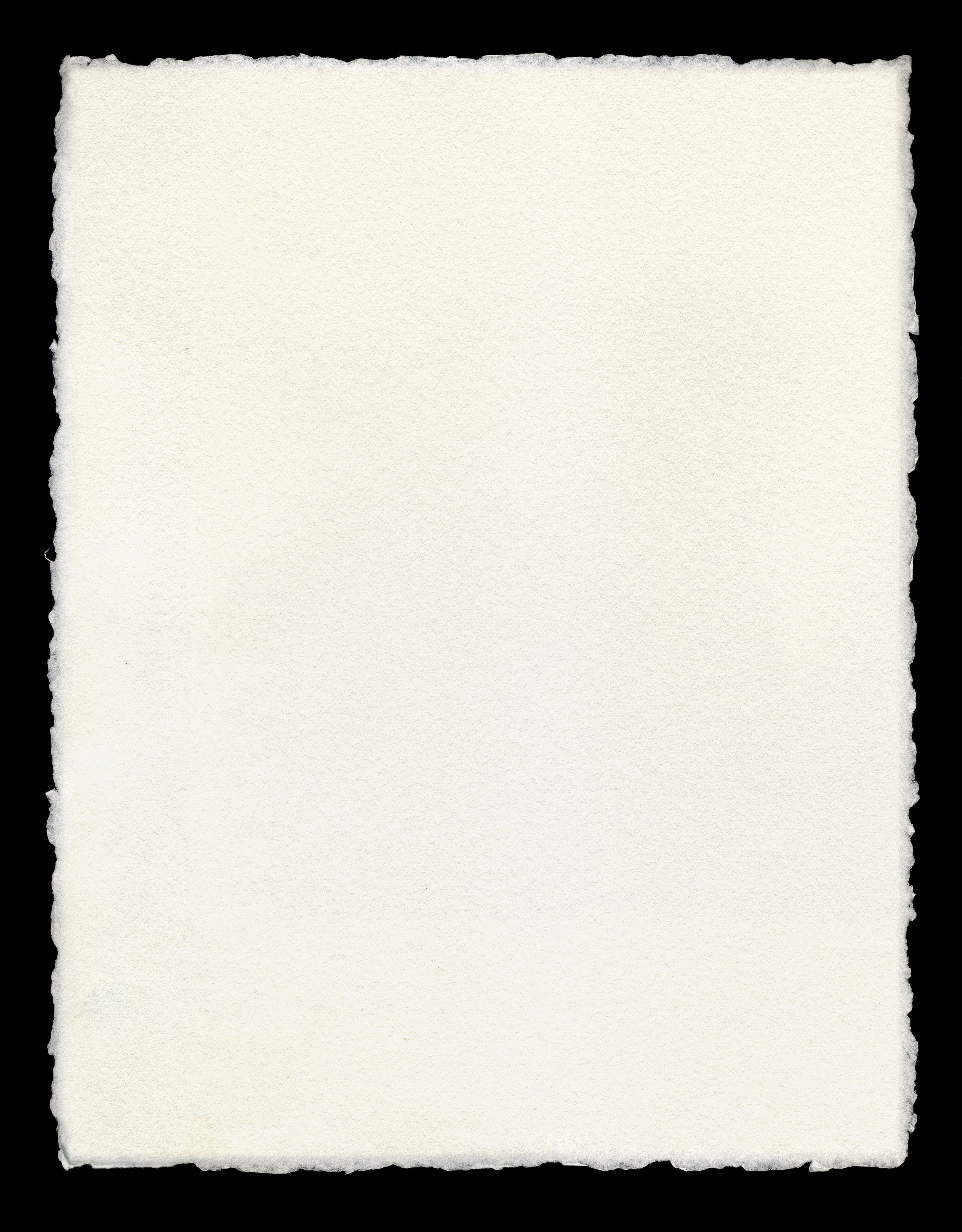
ARTIST STATEMENT
In 1991, I turned seventeen, started medical school, and purchased my first camera. Ever since my vocation and avocation have progressed continually. According to a study, medical students who, after a mere six 1.5-hour long art observation sessions, became better diagnosticians. My journey through photography has similarly sharpened my clinical eye. Structured precision of medical practice may seem a world apart from creative photography. Yet, there is a synergy: both demand a keen eye for detail, to see beyond the surface, selective attention to patterns, and an understanding of the human condition. For example, as I notice compositional elements in a scene, I can observe patterns in clinical histories and relationships between disparate data points. Observing macro details, I notice peculiar physical findings during a clinical exam. This synergy between medicine and photography has profoundly shaped my approach to creative expression.
We express our creative visions using aspects of ourselves in relation to our surroundings: we infuse what we notice with who we are. To get our ideas across, clarity of communique—visual and written—is critical. My eclectic photography—architectural, documentary, and landscapes—and equipment—Hasselblads, technical cameras to Leicas—is informed by my decades-long self-study of photographers like Feng Ho, Alex Webb, Irving Penn, Walker Evans, Josef Koudelka, Simon Shore, Anastasia Samoylova, and Mark Steinmetz, among others. This study spurs ideas, and specialized equipment helps me realize my vision, whether street scenes or expansive panoramas. To become a better writer, I am pursuing formal education. I was a writing scholar at Harvard Medical School and enrolled in a Master's in Creative Writing and Literature at Harvard University's Extension School. Photography and writing are complementary: I write about what I capture; other times, I capture what I write about, using visual grammar to make photos and syntax to compose sentences. Using my medical knowledge, I tell visual tales of terminally ill patients' experiences of a chance at life with organ transplants and medical teams.
My projects are first-person narratives. I capture scenes that resonate with me and share them with accompanying narratives to spark conversations. I compose photographs with enough visual cues to catalyze the dyadic conversations using formal elements—lines, shapes, forms, tonalities, textures, patterns, and color or its absence. Viewers with their inner worlds enter a dialectic dialogue to reach unique interpretations, co-creating versions of the perceived reality. In medicine and photography, I seek to capture the essence of the case or a scene, meaningfully frame the case history or the scene, and deduce a clearer picture of what lies beneath the surface.
When the techniques and concepts combine to create successful images, they create shared aesthetics. With the deliberate practice of heightened attention, I winnow details to distill the essence. Each visualization spurs me to say something new with the subsequent images that I could not communicate earlier. Frequently, I fall short, reflect, and modify my approach. But I never despair. Instead, I celebrate my small incremental wins and the joy of this iterative process.
Empathy, keen observation, associative thinking, and delayed gratification are assets in both my worlds. These attributes have made me patient and enabled me to detect signals amidst noise to diagnose diseases, deconstruct complex scenes, and find solutions such as personalized treatment or a pleasing composition. I will continue to capture the significance of events by telling stories about places, people, and things. I intend to continue seeking beauty and relatability in the extraordinary, craft emotive images and share them on my website, blog, publications, and exhibitions.
